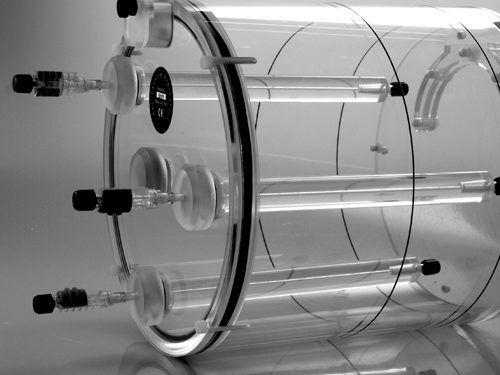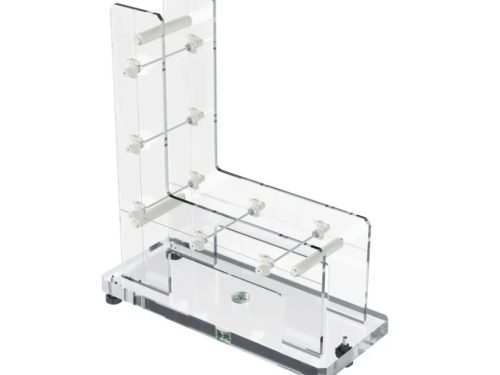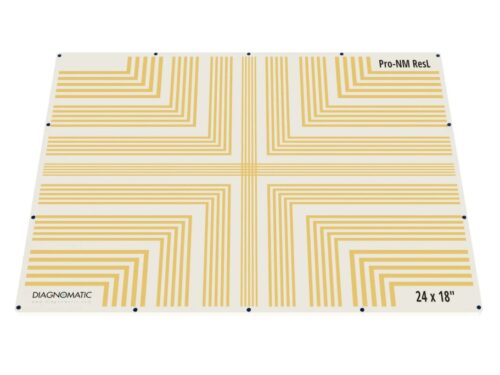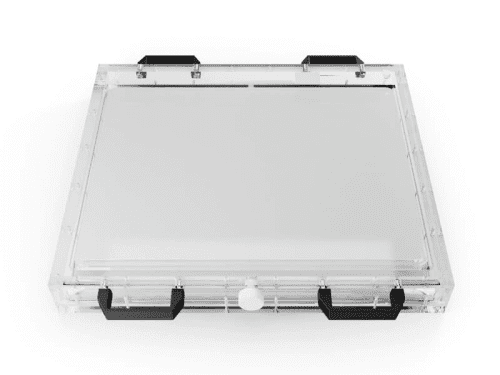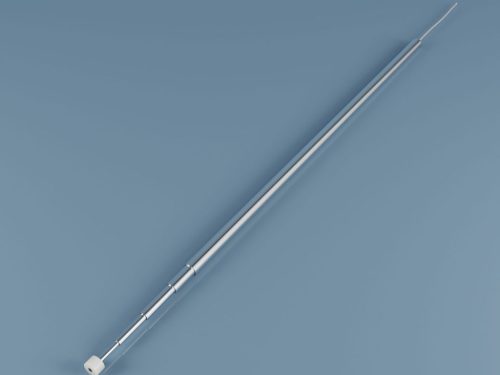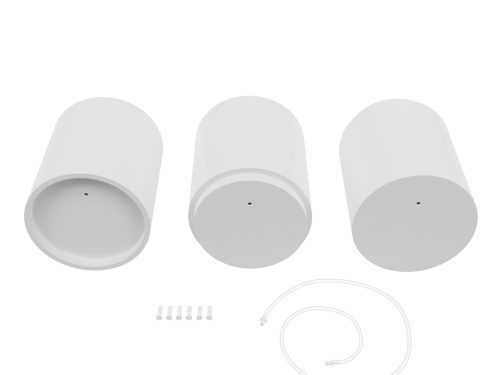-
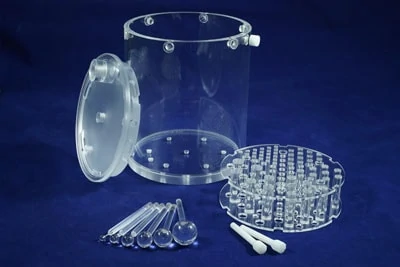 The phantom for NM and PET systems performance evaluation (collimator, artifacts, calibration, reconstruction parameters). It can be used to evaluate, for example: center-of-rotation error, non-uniformity artifacts, changes of radius-of-rotation on spatial resolution, reconstruction filters on spatial resolution, attenuation and scatter compensation.
The phantom for NM and PET systems performance evaluation (collimator, artifacts, calibration, reconstruction parameters). It can be used to evaluate, for example: center-of-rotation error, non-uniformity artifacts, changes of radius-of-rotation on spatial resolution, reconstruction filters on spatial resolution, attenuation and scatter compensation. -
 The phantom for NM systems performance evaluation: routine quality assurance tests, as well as extensive acceptance tests. It can be used to evaluate: pixel size, spatial linearity, RMS noise, signal to noise ratio (SNR), slice width, uniformity, spatial resolution, point spread function, slice position verification, slice incrementation, accuracy, center of rotation, verification, volume sensitivity and low contrast sensitivity.
The phantom for NM systems performance evaluation: routine quality assurance tests, as well as extensive acceptance tests. It can be used to evaluate: pixel size, spatial linearity, RMS noise, signal to noise ratio (SNR), slice width, uniformity, spatial resolution, point spread function, slice position verification, slice incrementation, accuracy, center of rotation, verification, volume sensitivity and low contrast sensitivity. -
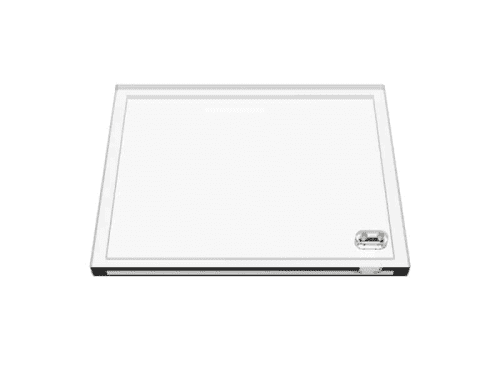 Flood phantoms provide a simple and efficient means of obtaining optimum camera performance with respect to uniformity of response over the entire crystal area. These phantoms are designed to be filled in horizontal position, thus preventing slight bulging caused by water pressure during vertical filling. Therefore, better uniformity in distribution of activity can be achieved.
Flood phantoms provide a simple and efficient means of obtaining optimum camera performance with respect to uniformity of response over the entire crystal area. These phantoms are designed to be filled in horizontal position, thus preventing slight bulging caused by water pressure during vertical filling. Therefore, better uniformity in distribution of activity can be achieved.

